 Despite the nearness of Cody, Wyoming, to the Mormon Corridor, the Church was relatively late in establishing a presence there: In 1936 and 1937, when three remarkable men settled in the town established by and named for Buffalo Bill Cody, the Church had only a Sunday School, not even a full branch organization, there.
Despite the nearness of Cody, Wyoming, to the Mormon Corridor, the Church was relatively late in establishing a presence there: In 1936 and 1937, when three remarkable men settled in the town established by and named for Buffalo Bill Cody, the Church had only a Sunday School, not even a full branch organization, there.
One of the trio was Lloyd Taggart (1891-1974), a community booster, patron of the arts, and the first branch president and first bishop in Cody. The next was Glenn E. Nielson (1903-1998), who built the Husky Oil fortune from the ground up, a counselor to Branch President Taggart and Cody’s first stake president. The third was Edward T. Grigware (1889-1960), an artist who had spent his youth in Saginaw, Michigan and Spokane, Washington, who had become a prominent commercial and fine arts painter in Chicago, and who had come to join Cody’s thriving artists’ colony. All three men, although newcomers to the area, thrust their roots deep into Cody’s soil and contributed their time, talents, and resources to building the town.
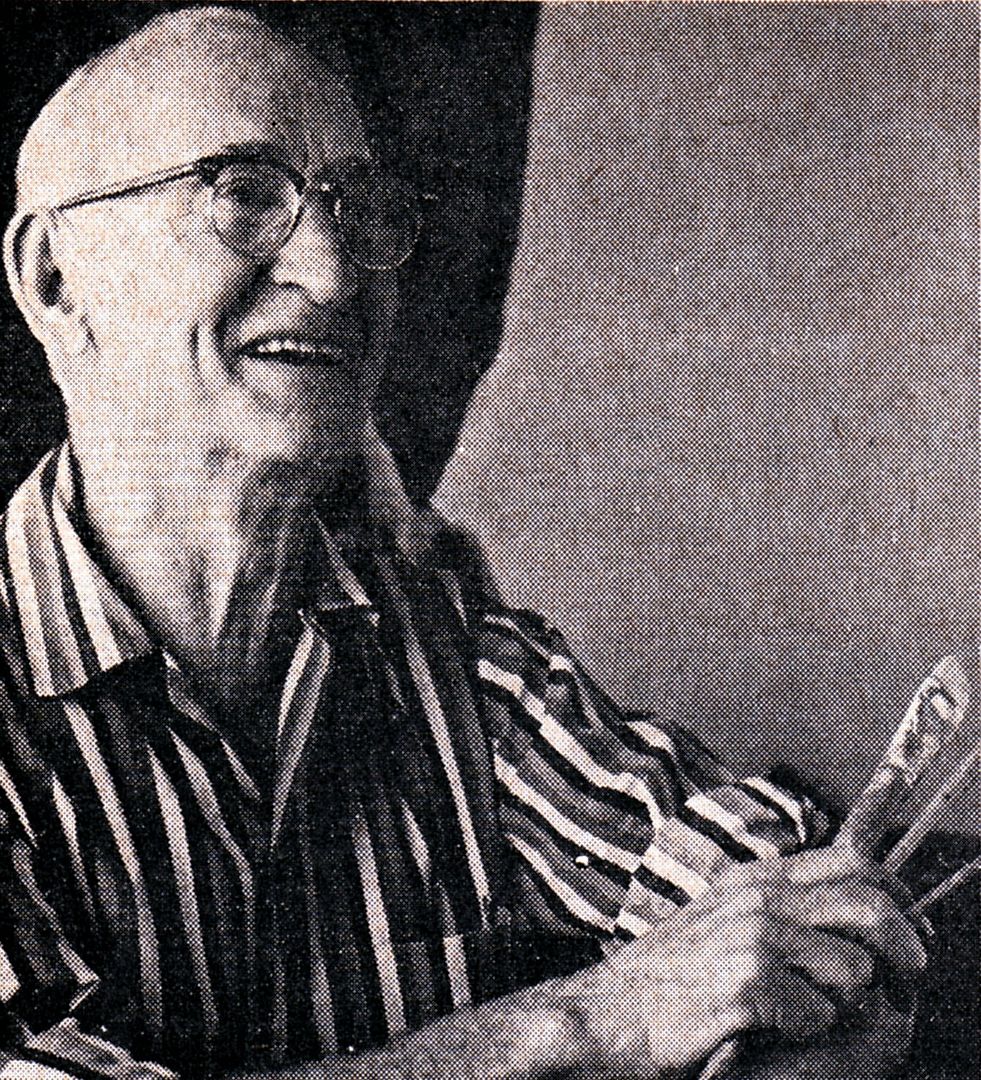 Taggart and Nielson were especially concerned with building an LDS chapel in Cody, and in making of it “something special,” something that would serve not only Cody’s ward members but would also introduce the gospel to the thousands of tourists passing through Cody on their way to and from Yellowstone National Park. At first the low membership numbers in Cody prevented their building; then wartime restrictions of the early 1940s interfered. By 1948, though, Taggart and Nielson were ready with their plans, and building commenced. The Cody chapel was built in 1949.
Taggart and Nielson were especially concerned with building an LDS chapel in Cody, and in making of it “something special,” something that would serve not only Cody’s ward members but would also introduce the gospel to the thousands of tourists passing through Cody on their way to and from Yellowstone National Park. At first the low membership numbers in Cody prevented their building; then wartime restrictions of the early 1940s interfered. By 1948, though, Taggart and Nielson were ready with their plans, and building commenced. The Cody chapel was built in 1949.
Completed? Well, not quite. The building was built, but the “something special” the men had in mind had not yet been installed. They had had LDS architect Douglas W. Burton design a chapel with a dome – 36 feet in diameter, 18 feet high from the base to the top – with one smooth, continuous surface, waiting to be decorated. The decoration of that space was to be Nielson’s gift to the Church, “something special” indeed.
The men approached Grigware, who, although not a Latter-day Saint, immediately caught the vision of what they had in mind. “I stood in the entrance of the church,” Grigware said, “looking up at the location for the mural. The space provided was completely round with no break in it, and I was filled with a feeling of forever and ever, without beginning or end. I wanted that feeling in my mural.”
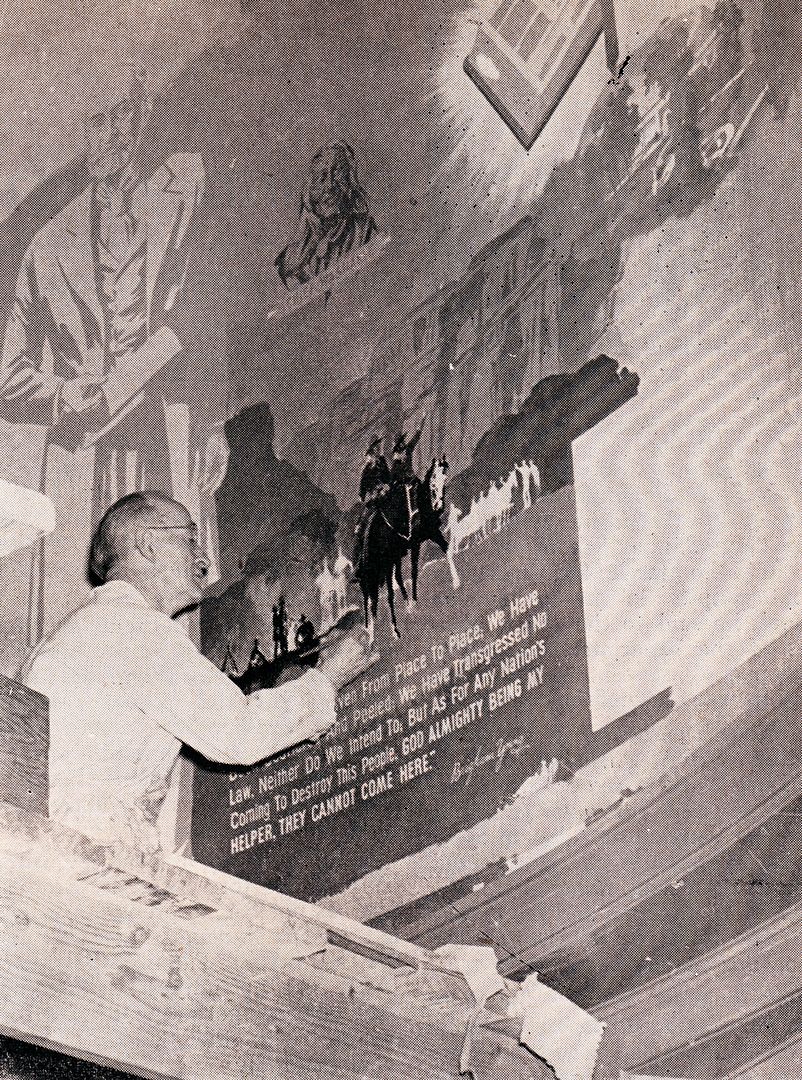 For eleven months, as the chapel was being built, Grigware read everything he could find, or that his friends could provide, about the Church, its message and its history. Then he began to make his sketches, and then to paint. First, he divided the dome into eight equal sections, painting the figures of the (to that date) eight presidents of the church, as pillars supporting the structure of both the dome and the Church. Then he filled the spaces between, beginning with Joseph Smith as a boy receiving the plates for the Book of Mormon, following the church’s movements through Kirtland and Missouri and Nauvoo and across the plains, through settling the west and culminating in the building of the temple at Salt Lake City. He ended with a symbolic scene of the world’s people approaching the light and glory of the Lord, with that light merging into the light of the Angel Moroni delivering the plates at the beginning of the story, so that there is no obvious beginning and ending. Near the bottom of the mural – which begins just over the heads of tall viewers – is a ribbon briefly identifying the subjects portrayed. Above the images, the dome rises to a sky from which peer the suggestion of approving faces.
For eleven months, as the chapel was being built, Grigware read everything he could find, or that his friends could provide, about the Church, its message and its history. Then he began to make his sketches, and then to paint. First, he divided the dome into eight equal sections, painting the figures of the (to that date) eight presidents of the church, as pillars supporting the structure of both the dome and the Church. Then he filled the spaces between, beginning with Joseph Smith as a boy receiving the plates for the Book of Mormon, following the church’s movements through Kirtland and Missouri and Nauvoo and across the plains, through settling the west and culminating in the building of the temple at Salt Lake City. He ended with a symbolic scene of the world’s people approaching the light and glory of the Lord, with that light merging into the light of the Angel Moroni delivering the plates at the beginning of the story, so that there is no obvious beginning and ending. Near the bottom of the mural – which begins just over the heads of tall viewers – is a ribbon briefly identifying the subjects portrayed. Above the images, the dome rises to a sky from which peer the suggestion of approving faces.
The mural was conceived and supported by Bishop Taggart, made possible through the generosity of President Nielson, and executed by a sympathetic and sensitive artist (who, incidentally, after his experience with this mural contributed murals to both the Los Angeles and Laie temples). After almost 60 years, the Cody mural continues to draw crowds of tourists, who visit what has become both a working chapel and a full-fledged visitors’ center staffed by local members.
.
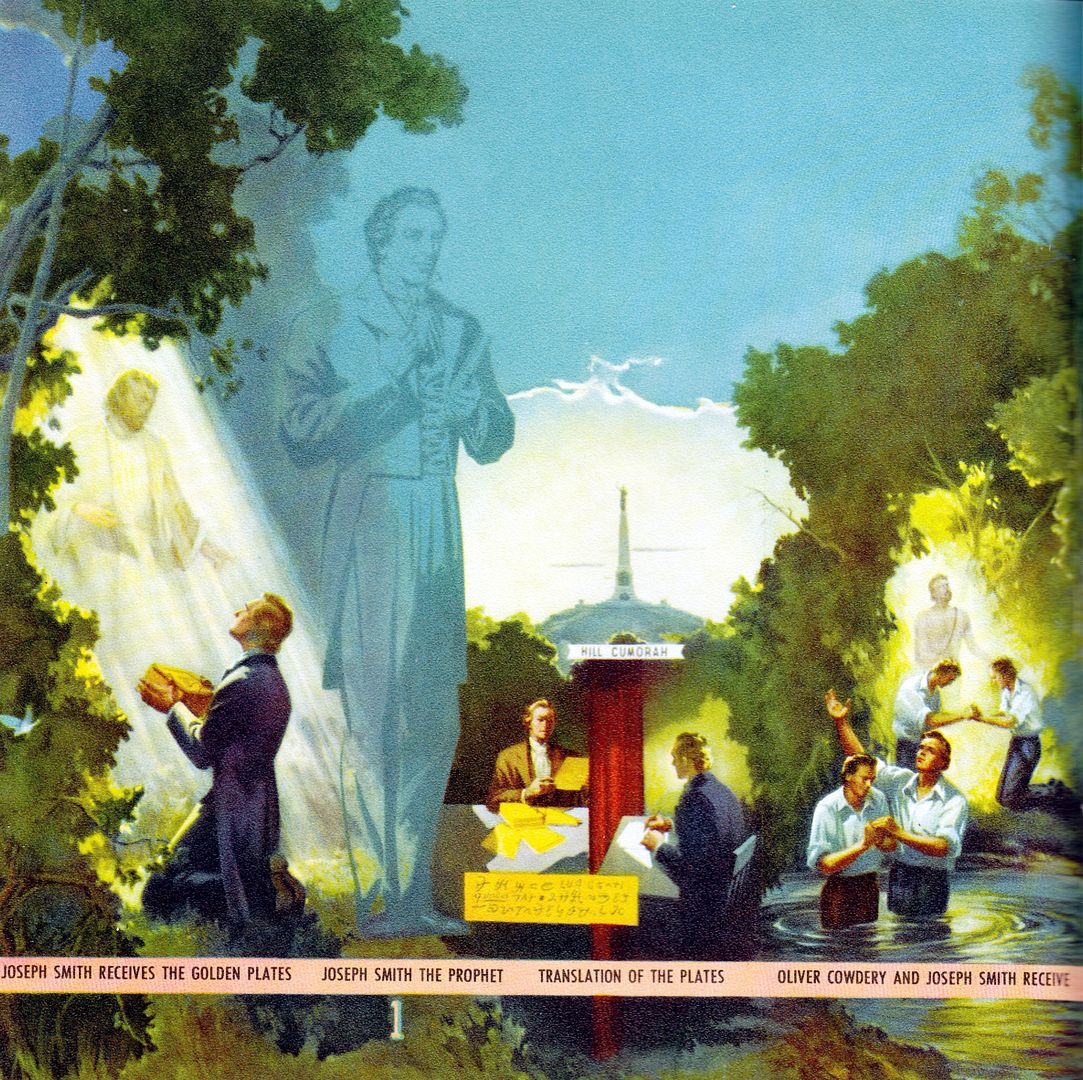
.
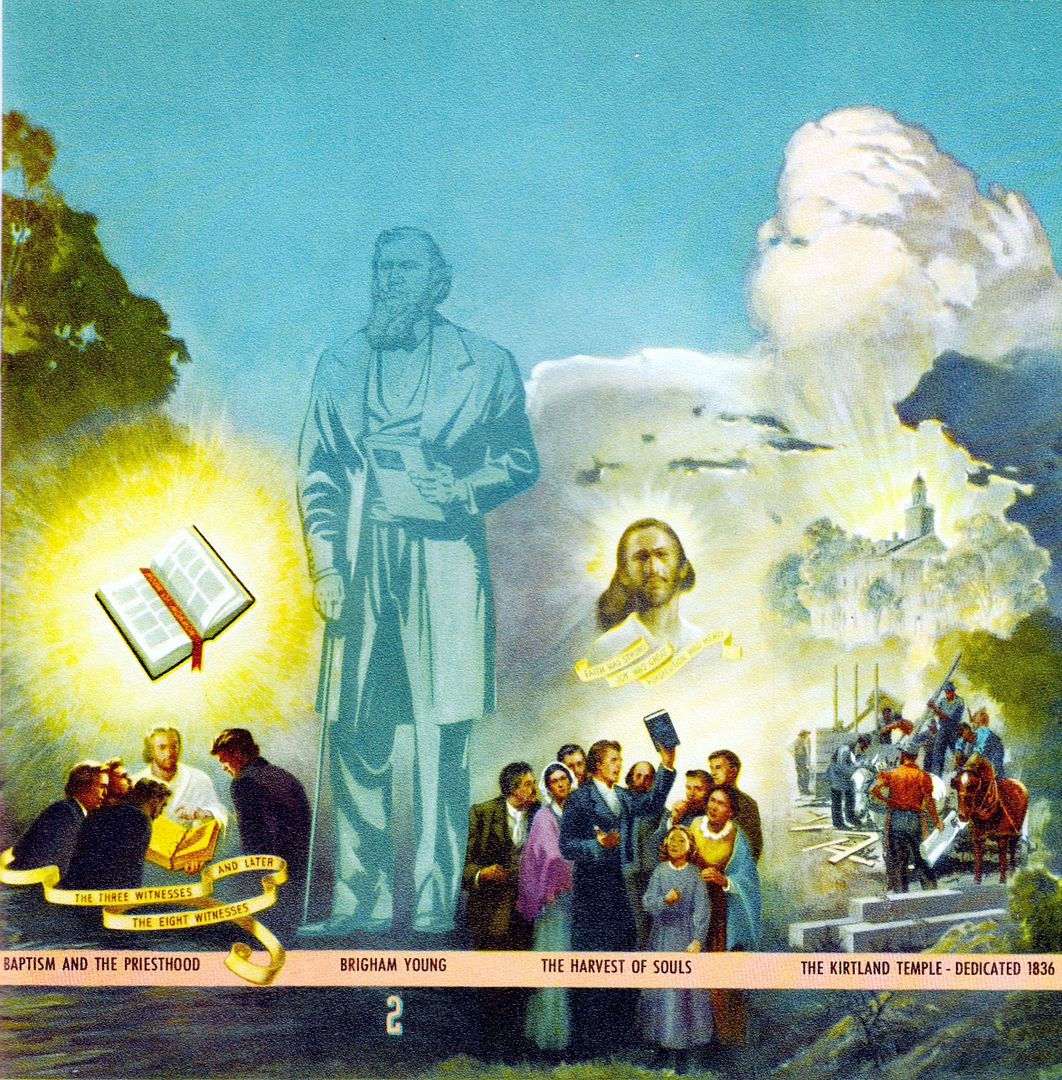
.
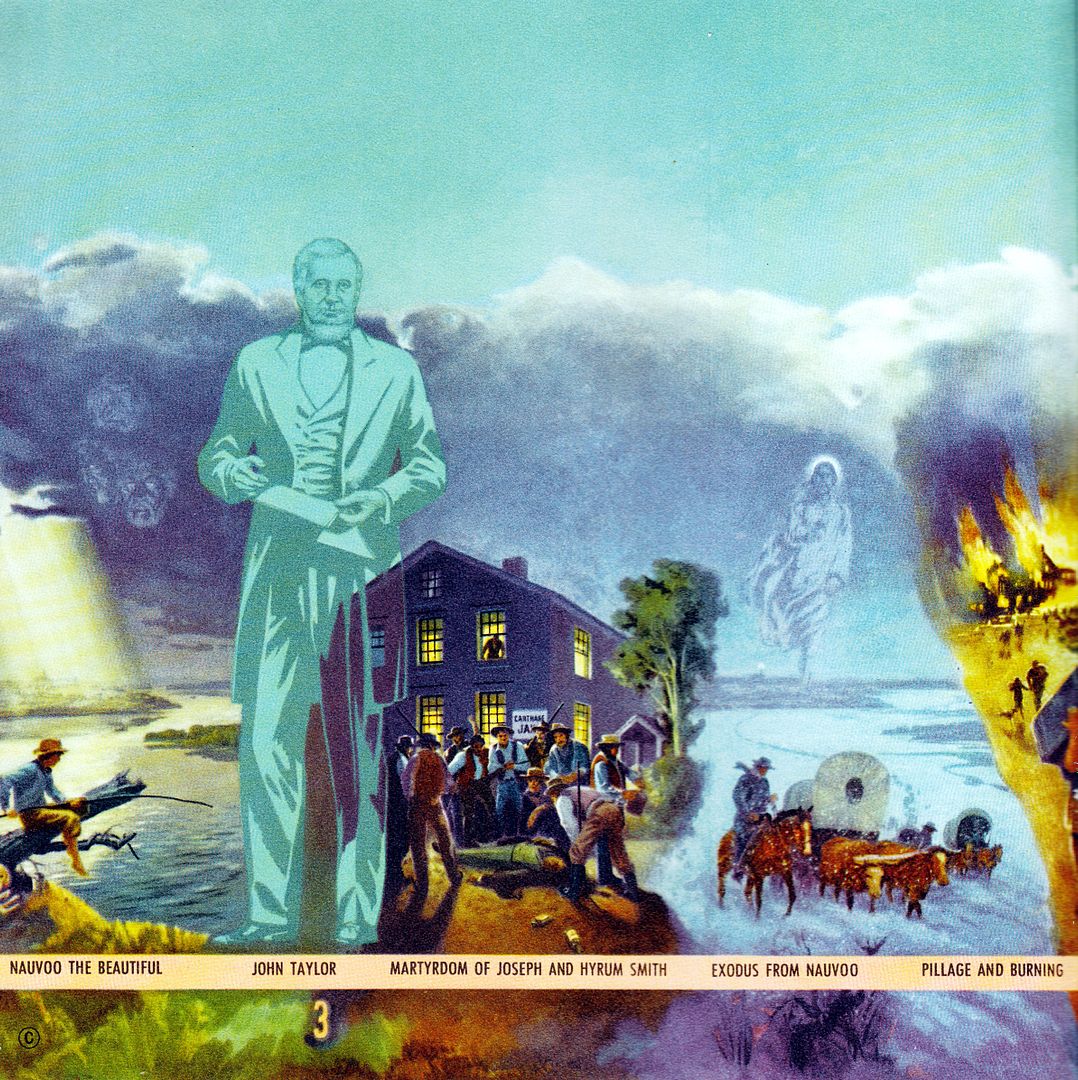
.
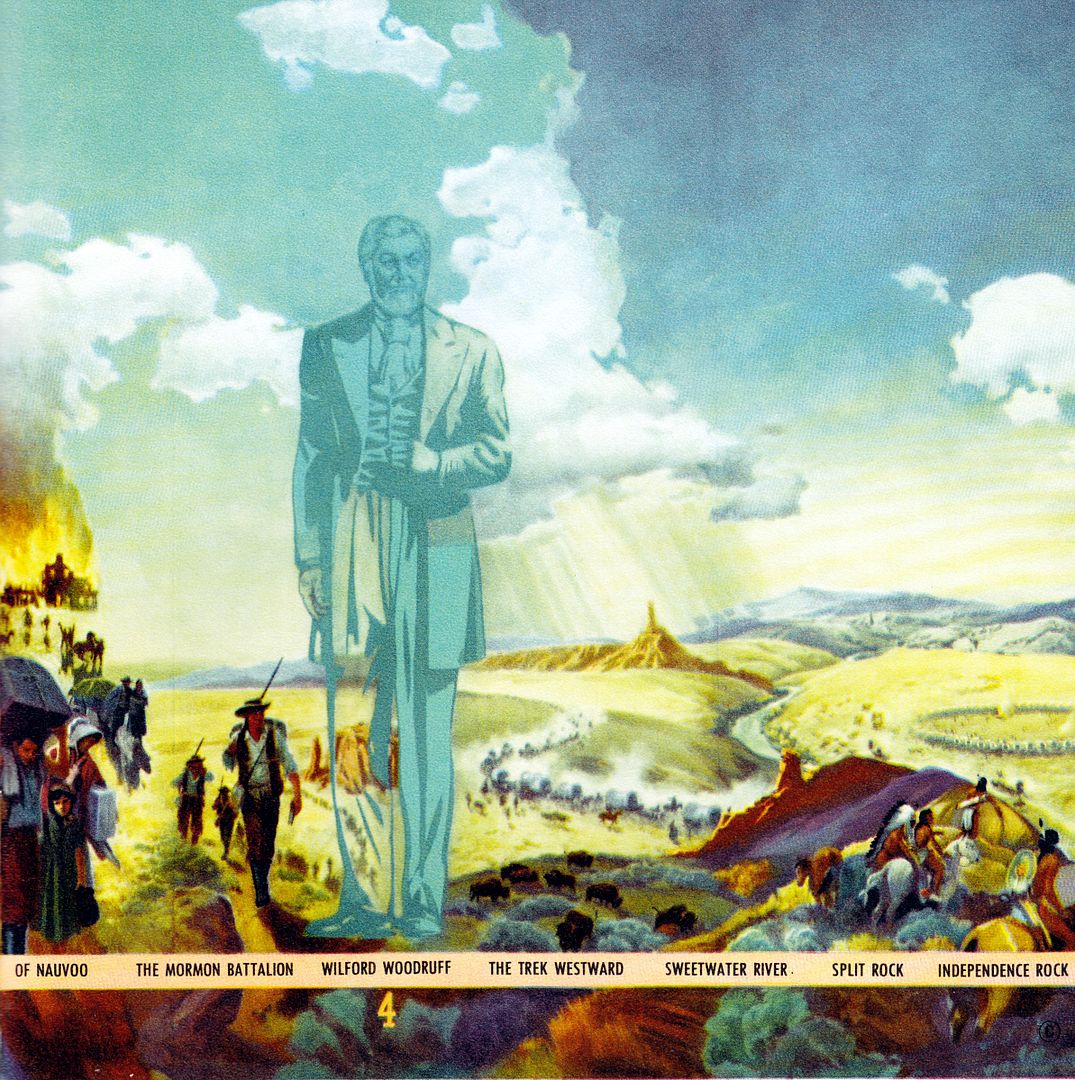
.
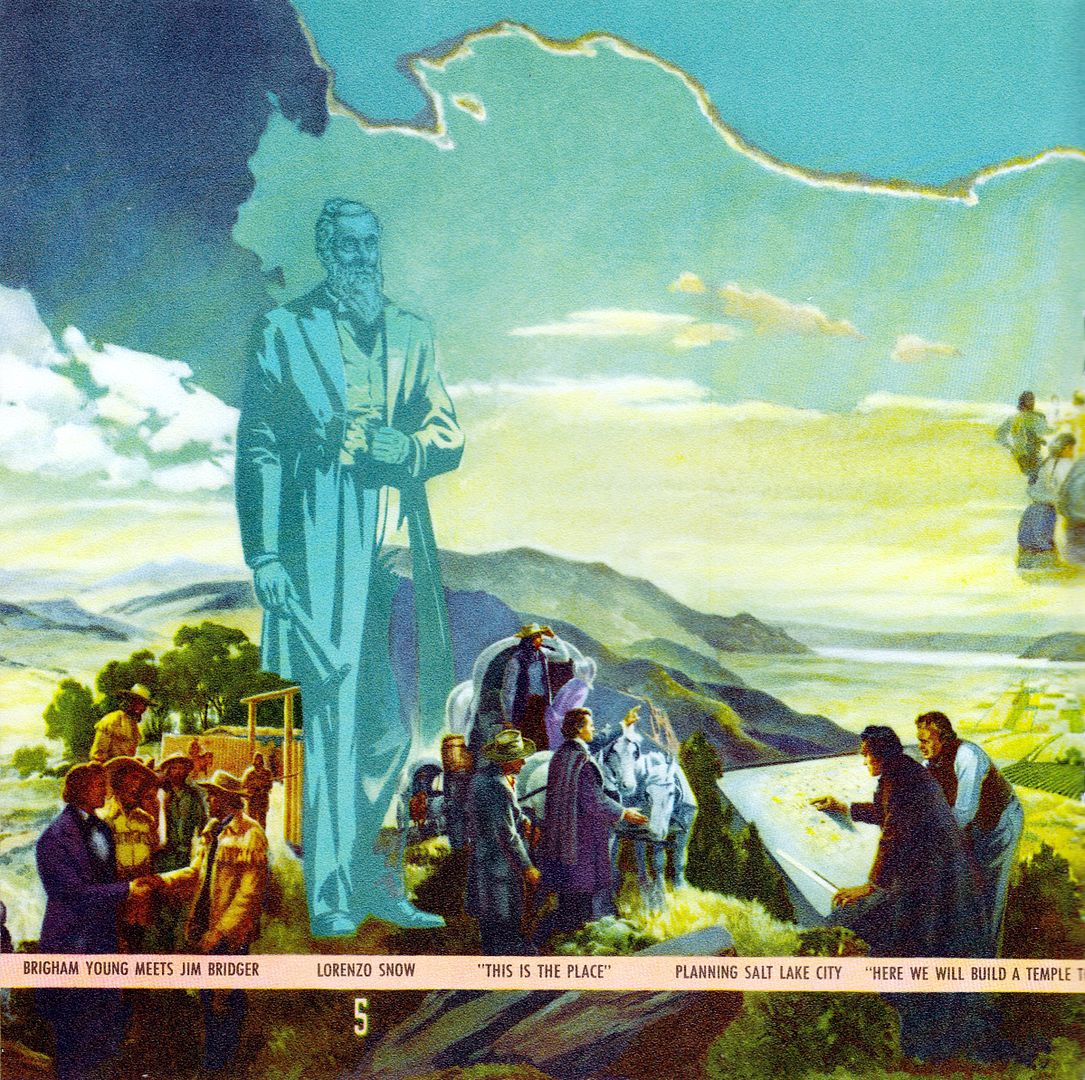
.
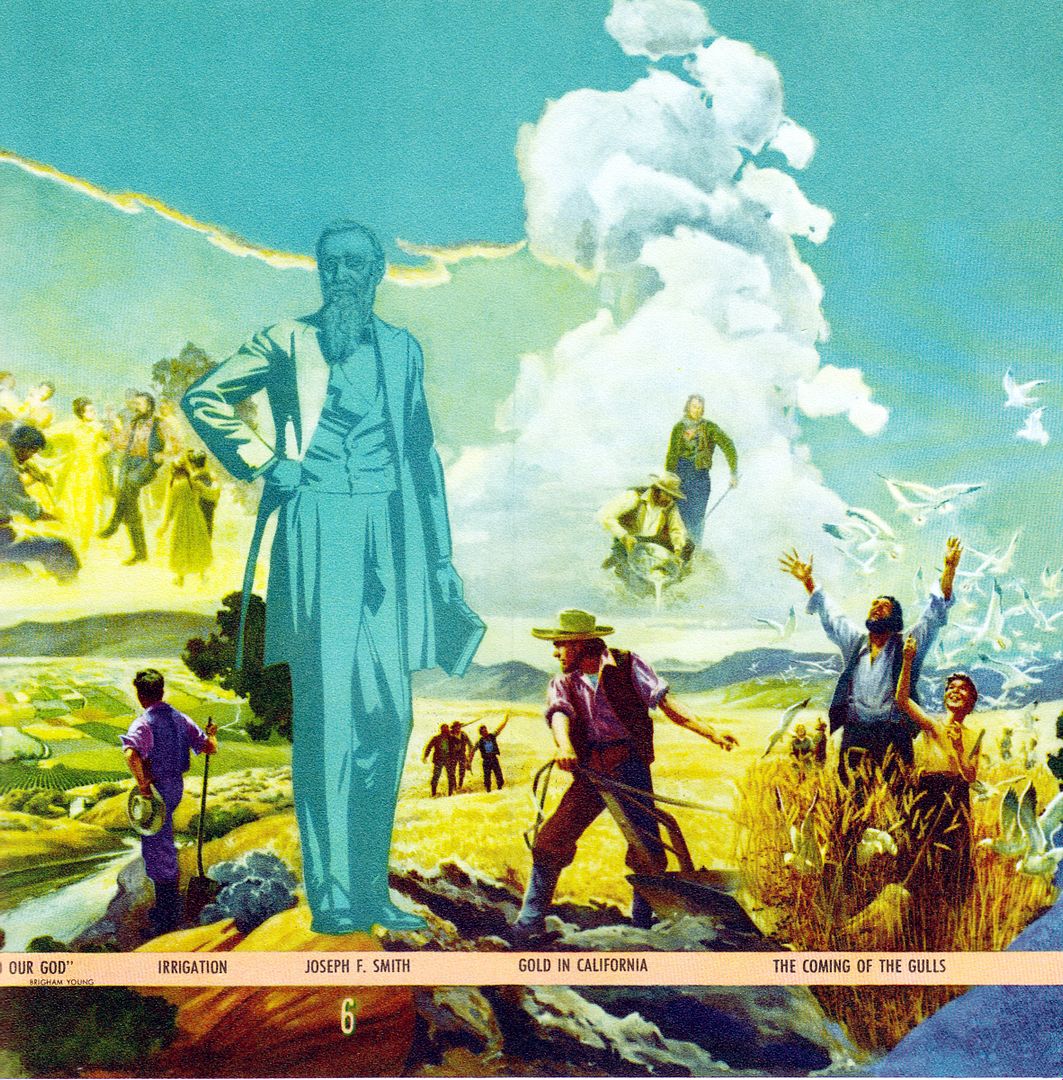
.

.
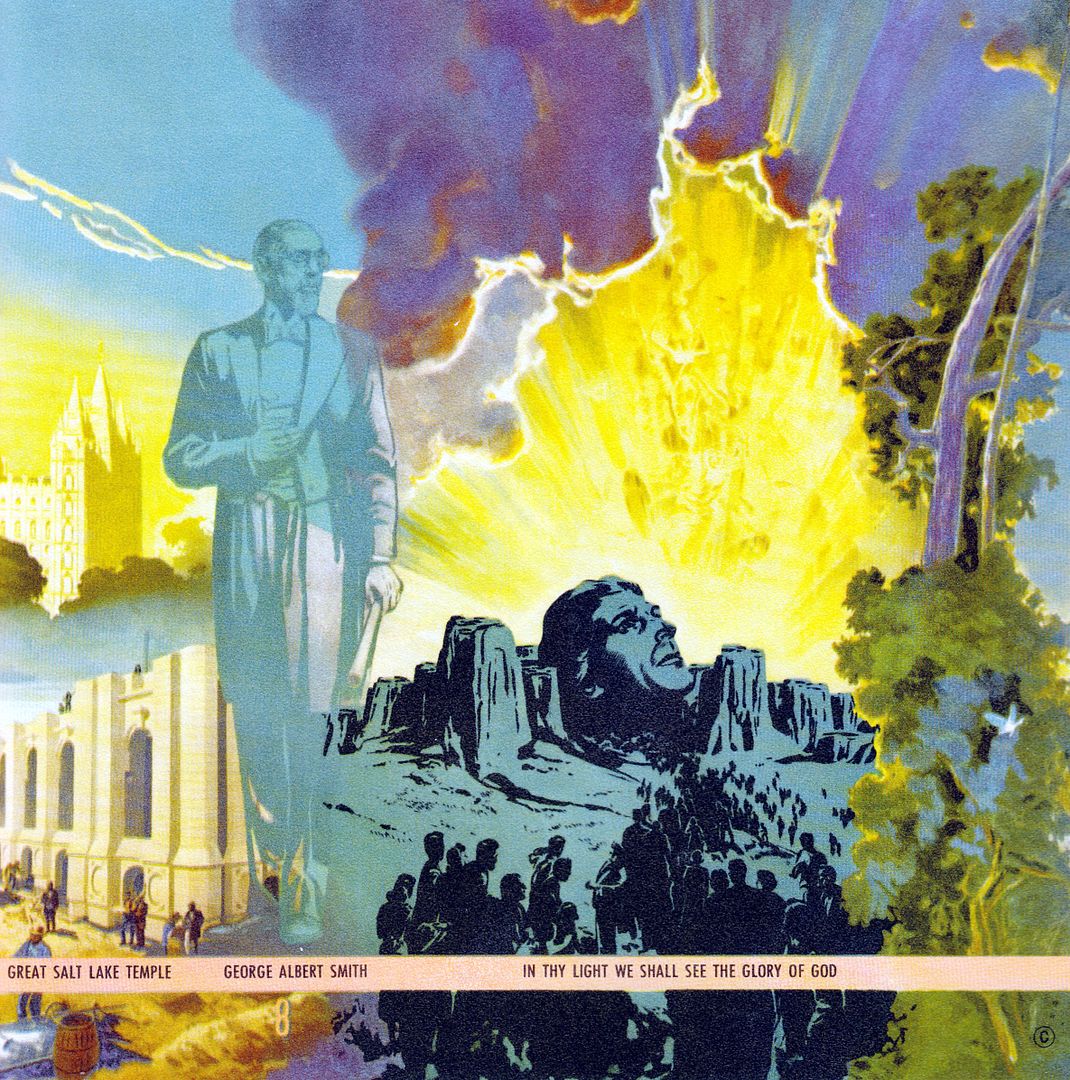
Continue reading at the original source →



